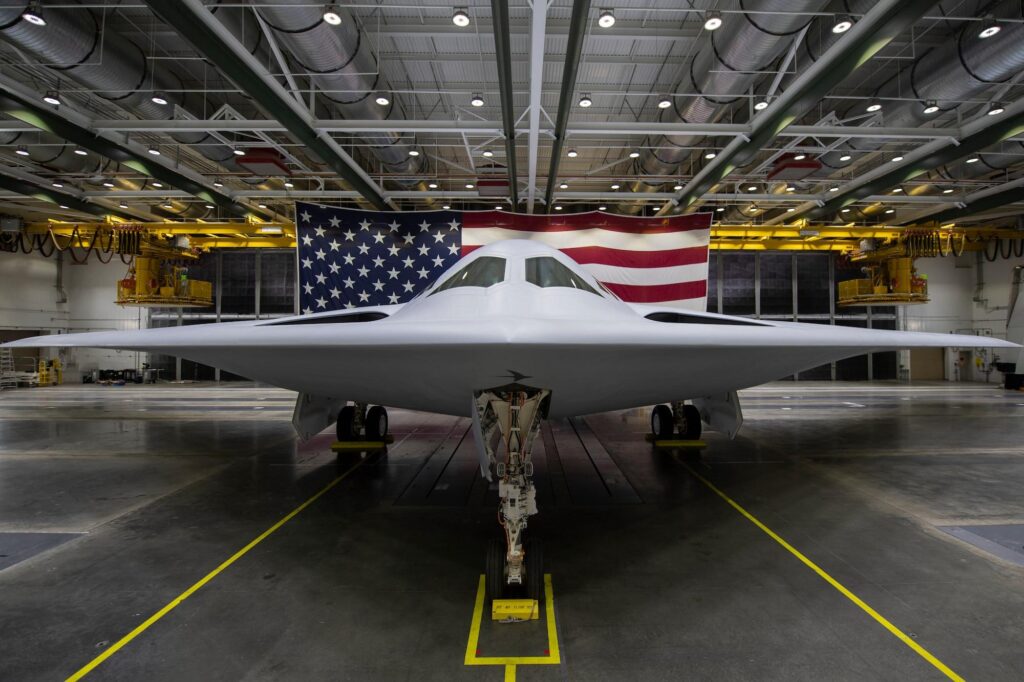In a surprising turn of events, the United States Air Force is contemplating a major shift in its future aircraft fleet. Reports suggest that the Air Force may be considering abandoning its plans for a next generation fighter in favor of investing further in the B-21 Raider. This potential decision could have significant implications for the future of air combat and military strategy. Let’s delve into the details of this proposed shift and explore what it could mean for the Air Force’s capabilities and objectives.
The Air Forces Potential Shift in Focus
The potential shift in focus for the Air Force has sparked speculation among defense experts. Reports indicate that the Air Force may be considering dropping its plans for a next-generation fighter jet in favor of focusing more on the B-21 Raider. This decision could have significant impacts on the future of the Air Force’s combat capabilities.
While the next-generation fighter was initially seen as a crucial component of the Air Force’s modernization efforts, the B-21 Raider offers a different set of capabilities that may align more closely with the Air Force’s strategic goals. With its stealth capabilities and long-range strike capabilities, the B-21 Raider could provide the Air Force with a versatile and powerful tool for future conflicts. However, the decision to shift focus away from the next-gen fighter is not without controversy, as some argue that maintaining a diverse fleet of aircraft is essential for addressing a range of potential threats.
Examining the Capabilities of the B-21 Raider
The B-21 Raider, the latest addition to the United States Air Force fleet, has been turning heads with its impressive capabilities. Designed to be a long-range strategic bomber, this stealth aircraft is equipped with advanced technology that sets it apart from its predecessors. Let’s take a closer look at some of the key features that make the B-21 Raider a formidable force in the skies:
- Stealth Technology: The B-21 Raider is designed to evade enemy radar and detection systems, allowing it to penetrate deep into hostile territory with minimal risk of interception.
- Long Range: With a range of over 6,000 nautical miles, the B-21 Raider can strike targets anywhere in the world, making it a truly global bomber.
- Flexibility: The B-21 Raider is capable of carrying a variety of weapons, including conventional and nuclear bombs, as well as precision-guided munitions, giving it the ability to adapt to a wide range of mission requirements.
With its cutting-edge technology and versatile capabilities, the B-21 Raider has the potential to be a game-changer for the United States Air Force. While the decision to forego the next-gen fighter in favor of sticking with the B-21 Raider may come as a surprise to some, it reflects the Air Force’s confidence in the capabilities of this advanced bomber. As the B-21 Raider continues to undergo testing and development, it is clear that this aircraft will play a crucial role in shaping the future of the Air Force’s strategic capabilities.
Implications for Future Air Force Operations
The decision to potentially forego the development of a next-generation fighter jet in favor of focusing on the B-21 Raider marks a significant shift in the Air Force’s strategic priorities. While cutting-edge fighter jets have traditionally been at the forefront of Air Force operations, the increasing importance of long-range strike capabilities in modern warfare has led to a reassessment of the traditional roles of different aircraft.
This focus on the B-21 Raider could have far-reaching , including:
- The emphasis on stealth and long-range capabilities over dogfighting capabilities in aerial combat.
- Potential adjustments in force structure and procurement priorities to align with the new strategic direction.
Recommendations Moving Forward
As the Air Force considers the possibility of dropping its next-generation fighter program in favor of focusing on the B-21 Raider, it is crucial to carefully evaluate the long-term implications of this decision. While the B-21 Raider has shown promising capabilities in terms of stealth and long-range strike missions, it is essential to ensure that our future air combat needs are adequately met.
:
- Conduct a comprehensive cost-benefit analysis comparing the B-21 Raider with potential next-gen fighter options.
- Collaborate with industry leaders to explore innovative technologies that could enhance the capabilities of the B-21 Raider for air superiority missions.
- Ensure that the Air Force’s strategic goals align with the capabilities of the B-21 Raider to maximize operational effectiveness.
The Way Forward
the decision by the Air Force to potentially forego its next generation fighter in favor of the B-21 Raider marks a significant shift in strategic priorities. While the future of air combat capabilities may be reshaped by this decision, only time will tell if this unconventional choice will prove successful. As the Air Force continues to adapt to the ever-changing landscape of military technology, one thing remains certain – innovation and adaptability will always be at the heart of our nation’s defense.


